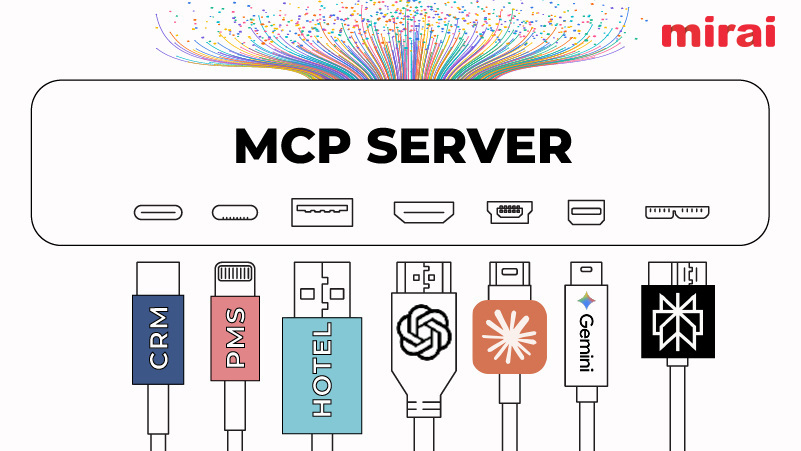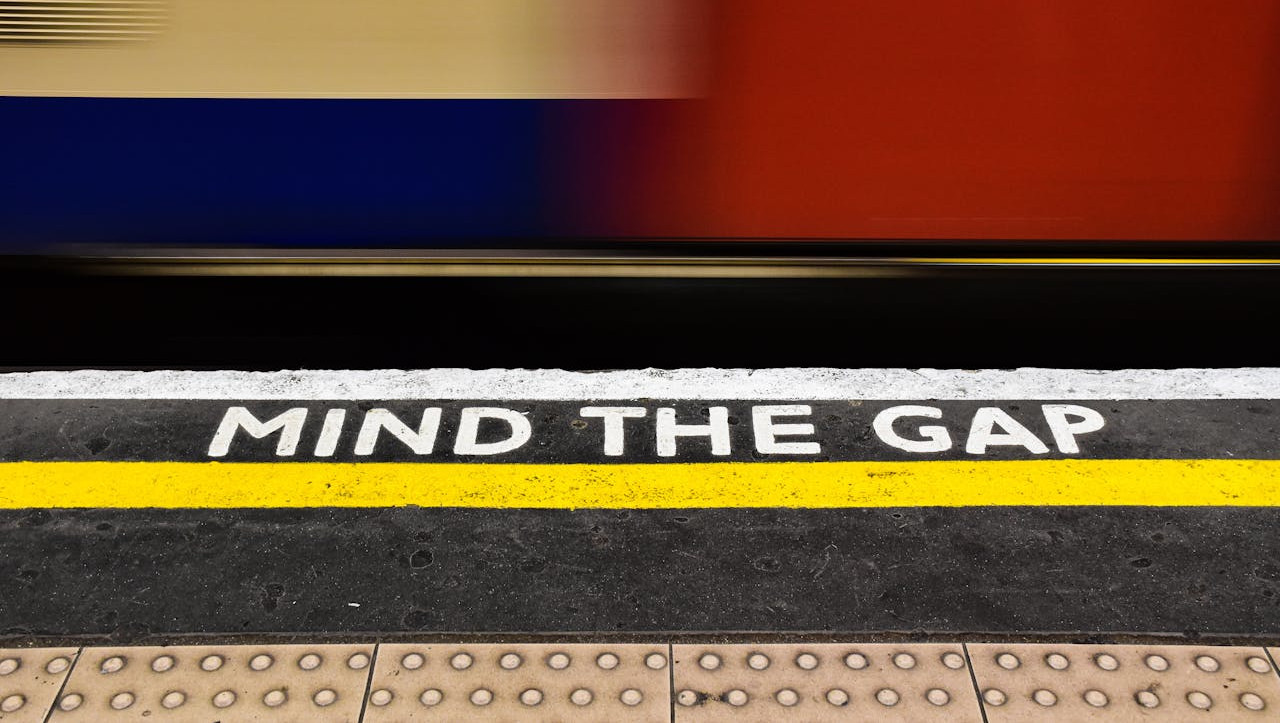
Rate parity is a much talked about topic within the hotel industry and one that’s quite difficult to handle for business managers.
NB: This is an article from SiteMinder
Different countries have different regulations and if something goes wrong it can cause major damage to a hotel’s reputation and profits. So it’s important to have a good grasp of what you’re dealing with and ensure you’re on the right side of the equation.
This blog will teach you everything you need to know about rate parity for your hotel.
Hotel rate parity: What is it?
Hotel rate parity is about maintaining consistent rates across all distribution channels – regardless of any commission fee you may pay to online travel agents. This means even if one OTA has a higher commission, you still need to keep your room rate the same.
This allows travellers to see rates on OTA websites that are the same as those on your own hotel’s website, even though you are making less of a profit from OTA bookings.
Rate parity is usually part of the agreement signed by hotels when they partner with an OTA where, stipulating that hotels are not allowed to undercut OTA rates on their own websites.
Parity can be talked about as wide or narrow.
- Wide rate parity is the more restrictive of the two and involves a hotel agreeing not to undercut the room prices that the OTA charges for their hotel. This agreement will generally apply to all channels, including other OTAs and the hotel’s website.
- Narrow rate parity evolved from European regulatory intervention and allows hotels to offer lower rates than OTAs, but not publicly online. This means the hotel can offer lower rates via offline channels.
Rate parity is important for guests, so they don’t get confused by seeing the exact same offering for different prices across different sales touchpoints. This is a bad experience for them.
Hotel franchisers were the first to use online rate parity agreements to prevent third parties from advertising lower rates than what the chains were offering. As hoteliers began to have different prices per room type, OTAs began introducing rate parity into their negotiations with hotels.
Hotel price parity challenges
It might seem simple enough but rate parity can get complicated. Disparity is when the price on the hotel website is higher or lower than the price quoted by OTAs or other third-party channels.
Disparity can happen when OTAs create direct relationships with hotels, resulting in net merchant or commissionable models. It can also occur when OTAs don’t have a contractual agreement, buy from wholesalers, and have pricing at their discretion.
While it is considered the cost of doing business, the practice of rate parity poses several challenges for independent hotels.
When OTAs cut into their own commission to offer a lower price – and when more bookings come from OTAs, hotels lose out on revenue.
To combat this, hotels often try to boost direct bookings as much as they can, but even if they run discounted promotions on their website they are often obligated to tell OTAs. So they end up excluding some rooms from OTAs entirely, but this runs the risk of those rooms going unsold.
OTAs will generally want to enforce rate parity but they’ll try diverting more bookings to themselves by convincing the hotel to do things like offer specific prices for specific dates, or make discounted offers to members etc.
Parity rates: How can hotels strengthen their position?
Obviously OTAs also offer a big marketing opportunity for hotels, but they still want to push for direct bookings and escape rate parity restrictions.
Something hotels can try to do is beat OTAs on value. By adding perks like free parking, WiFi, or event tickets, hotels can entice guests to book directly. If travellers see similar rates across different channels they’ll obviously be looking carefully for reasons to book one way over another.
Other tactics include:
- Market to limited audiences
You can run exclusive promotions to targeted audiences, like your Facebook fans and Twitter follows, or your private email database. Just make sure you keep building up these audiences so the list keeps growing. - Use metasearch sites
Metasearch engines traditionally allow you to use a pay per click ad bidding model to get your hotel to the top of the list, getting travellers to click through to your own website where you can get them to book direct. Now, there are commission-based instant booking models that you can take advantage of. These are still offering lower commissions than OTAs. - Improve the booking process
Your online booking process needs to be as smooth if not smoother than that of OTAs. Make sure you follow website design best practices and that it is a secure, convenient, and seamless process. - Use a channel manager
Channel managers can connect you to all your distribution channels so that you don’t have to log into multiple extranets to update your room rates. This is time-consuming and not the best use of your time. - Access market intelligence
Seeing what your competitors are doing and understanding upcoming demand for certain channels can give you the opportunity to close off unprofitable channels in favour of direct strategies. - Reward loyal guests
Loyalty programs are very useful for bypassing rate restrictions and achieving direct bookings. The more long-term relationships you build with guests the better.
The way to turn rate parity restrictions to your advantage is definitely via offering guests more value on direct bookings than they will find through any other sales channel.
Hotel parity pricing: What’s new?
Both hotels and consumer groups are worried that OTAs are building a monopoly for themselves that is ultimately anti-competitive. A monopoly in terms of hotel distribution means more fees for hotels, which will be in turn passed onto the guest. Many hoteliers resent the rate parity clause to begin with, because OTAs can and do reduce prices below minimum contracted margins by reducing their commission margins.
The current landscape for rate parity is very different across various regions around the globe.
A number of nations in Europe, such as France, Austria, Italy, and Belgium have prohibited parity clauses. In others such as Germany, regulation applies only to certain channels. Others continue to use clauses within these markets.
Channels such as Booking.com and Expedia operate on different regulations in different markets. For example, In Australia and New Zealand they adopt only narrow rate parity clauses.
There are many more instances like these and contractual relationships are seemingly changing all the time so it’s a space to keep an eye on.




